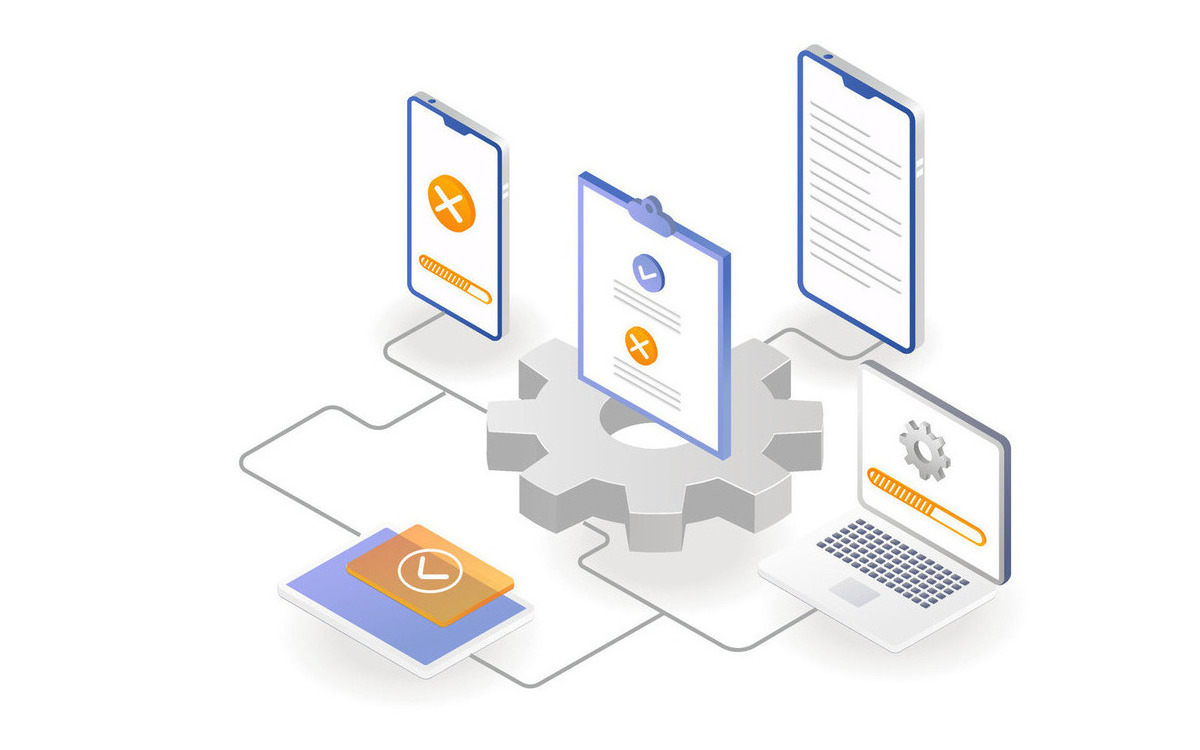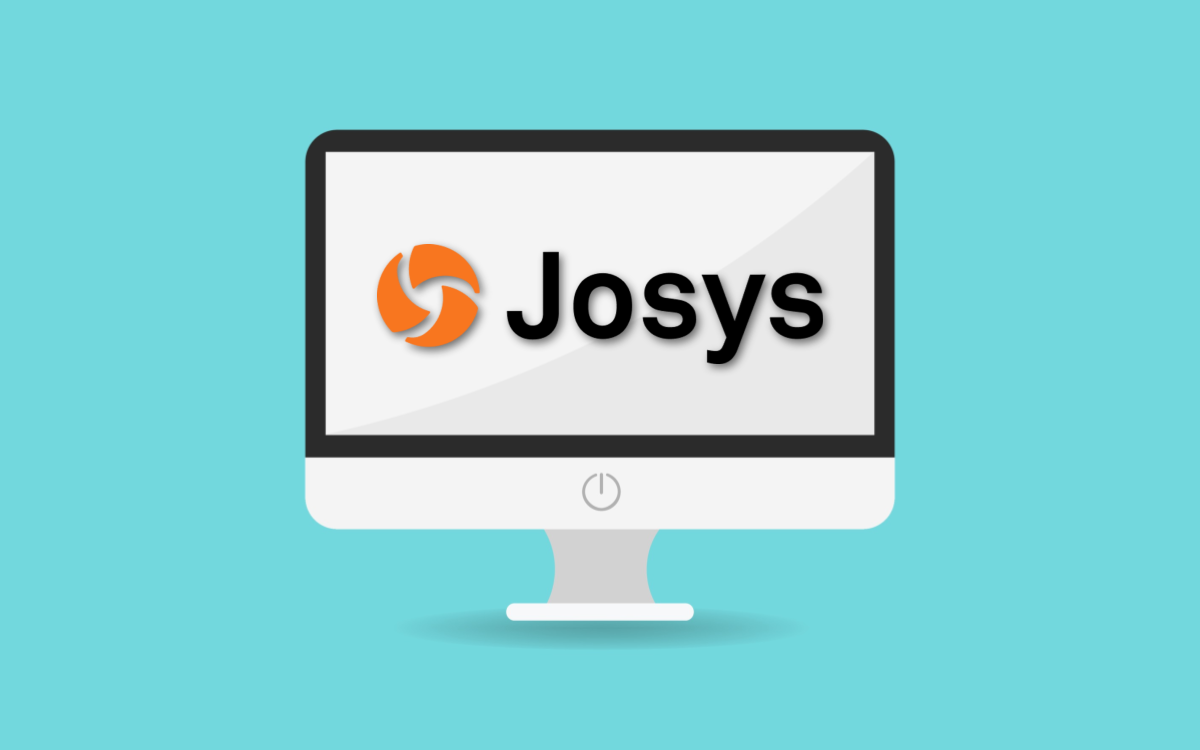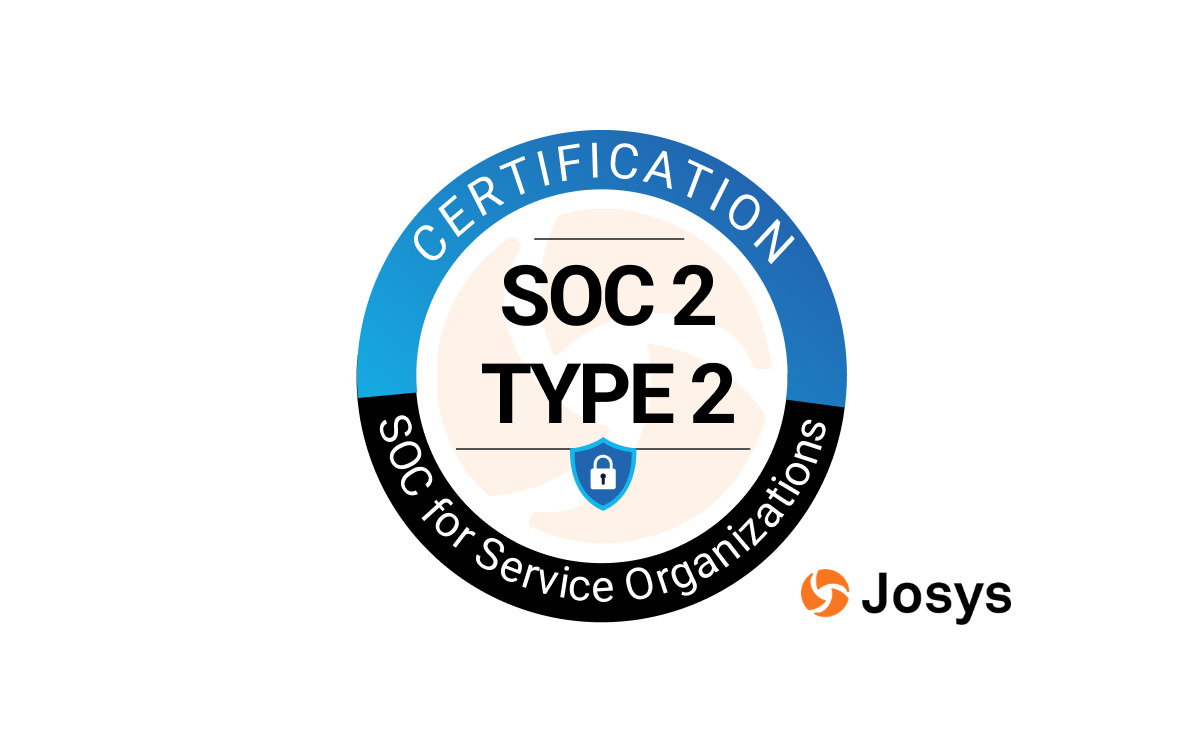In recent years, Information Technology (IT) has undergone significant changes, mainly due to the rising popularity of Software as a Service (SaaS). These changes affect how companies use software and handle their IT resources.
Simply put, businesses integrating SaaS have experienced more flexibility, scalability, cost savings, and other positive benefits. This explains why more businesses are adopting it. However, as more companies begin to purchase and adopt SaaS solutions, there is now a growing need for effective IT asset management more than ever.
Understanding IT Asset Management (ITAM)
IT Asset Management (ITAM) is a thoughtful way of managing an organization’s IT assets. The goal is to ensure they get the most out of these assets, putting them to good use while keeping risks low. It involves managing these assets from the procurement point, through usage, and to the end of retirement or disposal.
To be more specific, IT Asset Management means keeping a detailed list of all IT assets, knowing how they help the business, and justifying the subscription cost. This management process is important because it affects budgeting, helps manage risks, and shapes how IT services are delivered.
Key Components of ITAM
- Inventory Management: Inventory Management is maintaining a checklist or inventory of all an organization’s IT assets. These assets can include computers, software licenses, cloud services, and other IT assets they use. This list helps organizations see what’s going on with their IT setup. This will, in turn, help them use these assets fully and limit any unnecessary expenses.
- Contract Management: When you’re working with IT assets, there are usually contracts such as purchase agreements, licenses, and service deals associated. Contract management is just making sure these contracts are handled well. It involves sticking to the rules about licenses, renewal dates, and terms. It’s important, especially for SaaS products, where licenses and subscriptions need regular checking and management.
- Financial Tracking: The initial purchase and ongoing expenses include maintenance fees, subscription costs, and depreciation. With good financial tracking, an organization can effectively draw out an efficient budget for its IT operations. This will, in turn, ensure that the IT spending of the organization matches their goals and gives good value for the money.
The Symbiotic Relationship with SaaS Management
As businesses use more SaaS solutions, joining IT Asset Management (ITAM) with SaaS management is crucial. This partnership makes both aspects work better together, leading to smoother and more productive IT operations.
Integration with SaaS Applications
Managing SaaS subscriptions and licenses poses a major challenge due to an organization’s sheer number and various digital assets. Each SaaS tool has licenses, usage terms, and renewal cycles, making monitoring and management complex. This complexity increases as employees adopt new SaaS tools to address evolving business needs.
A unified ITAM approach, therefore, offers numerous benefits in this case. ITAM frameworks provide organizations with a consolidated view of all their SaaS tools, simplifying tracking usage, managing renewals, and optimizing spending. Centralizing this information helps identify overlapping functionalities across tools, reducing redundancy and costs.
Ensuring Compliance
With SaaS products, problems with compliance often stem from using too many licenses or unlicensed software, which may result in serious legal and financial consequences.
This is where ITAM steps in. By closely monitoring software licenses, ITAM ensures that the organization stays within legal limits. It keeps track of active licenses, watches how the software is used, and ensures that all SaaS tools align with their respective license agreements.
Benefits of ITAM for SaaS-Centric Businesses
Integrating IT Asset Management (ITAM) into businesses relying heavily on SaaS products can bring substantial advantages. Primarily, it addresses the key aspects of managing IT operations; it helps cut costs and reduce risks.
- Identifying Underutilized Licenses: With good IT asset management, an organization can easily identify underused SaaS licenses by carefully tracking usage patterns. They can then take measures to save costs either by reallocating these resources or canceling their subscriptions.
- Negotiating Favorable Terms with Vendors: With in-depth usage information and a solid grasp of their software requirements, businesses can use ITAM and Saas insights to strike better deals with vendors. This might mean adjusting subscription plans to align with real usage, getting volume discounts, or renegotiating contracts based on usage data to ensure the business pays only for what it truly requires.
- Compliance with Organizational Policies: ITAM can also play a supervisory role. It can be used to ensure the secure handling of data and verify that all SaaS tools are reviewed and approved. It can also monitor software use and ensure that they match company policies, ensuring everyone follows the rules and standards set by the company’s IT team.
Selecting the Right Tools
When selecting ITAM tools to handle SaaS products, focus on features that offer a clear view and control. This includes tools with automated discovery of SaaS apps, strong reporting abilities, license optimization, and real-time monitoring of how the apps are used. A tool that easily fits existing SaaS apps and gives a single dashboard to track everything is especially valuable.
One popularly recommended tool to consider is Josys. Josys exemplifies an ideal solution for SaaS-centric businesses. It provides complete control over software and hardware assets, with the ability to seamlessly manage licenses and devices through app integrations and APIs. In short, Josys offers a unified platform to meet ITAM needs.
Conclusion
Integrating IT Asset Management in the SaaS environment is not just a trend but a necessity. In a world where digital assets are as critical as physical ones, ITAM has become the backbone of efficient and secure IT operations. Solutions like Josys play a pivotal role in this context, offering the tools and insights to manage these assets effectively. They optimize costs, mitigate risks, and align IT practices with the organization’s strategic goals.
Are you interested in how this Josys SaaS platform can transform your IT Asset Management? We invite you to experience the power of Josys firsthand. Contact us for a demo and discover how our platform can streamline your IT operations and elevate your business efficiency.



